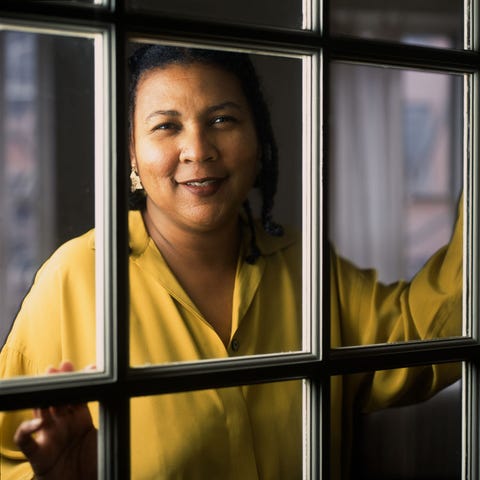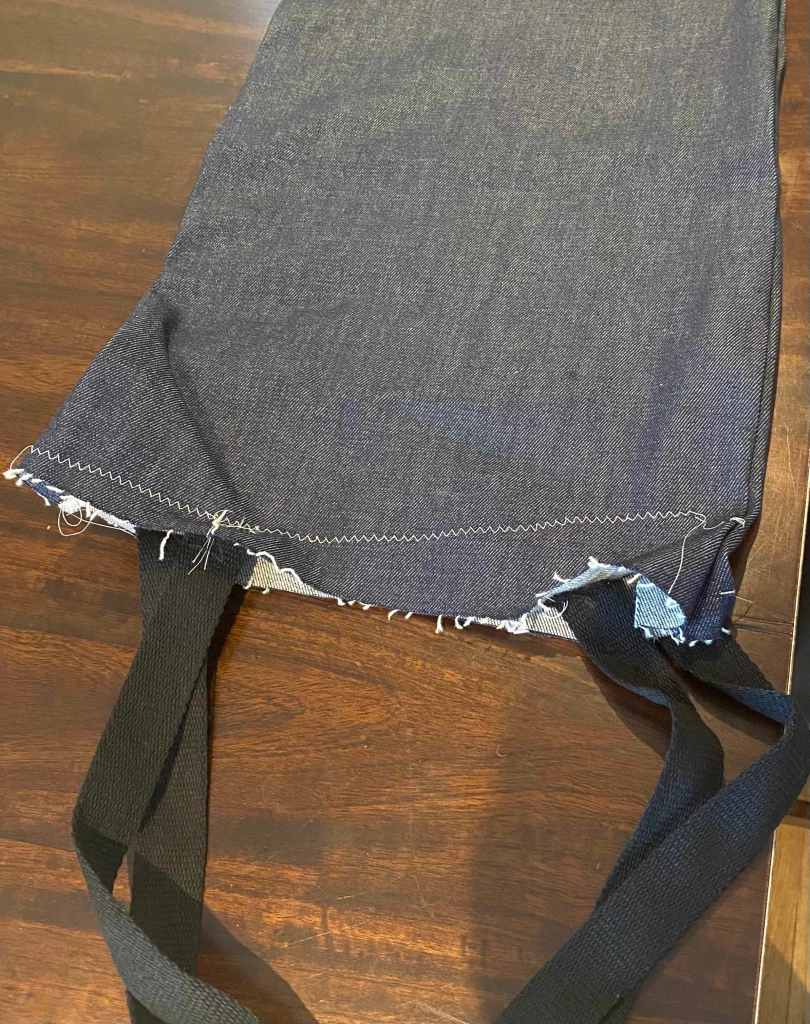My friend and radical visionary Mia Birdsong has written the new necessary and inspiring new book, How We Show Up: Reclaiming Family, Friendship, and Community (Hachette Go, June 2, 2020) I contacted Mia about her book a few weeks ago, hoping to share her words in a broader forum. My humble blog is as broad a forum as I have, so I hope you find her words about alternative forms of care, especially community care, as therapeutic as I did. I was struck by examples of how Mia, who is partnered and has children, shows up for her single friends like Mariah, which is what frames the first question.
I love the attentiveness and care you mention in the book related to Mariah and her managing diabetes as a single person. The model of attending to her needs outside of coupledom feels like one we need to adopt, especially now. What did you learn about attending to your friend in this way that might be helpful for others as we try to connect virtually now?
Being in Mariah’s life in this way meant that both of us had to push back against some deep American socialization. For me, it was claiming the truth that my loved ones are my business. That means I can butt in if I see a need, gap, place that needs tending to. I was definitely worried about being intrusive, sticking my nose in where it didn’t belong, overstepping, but I also knew that if I pissed her off with unwelcome meddling, we could talk about it. I also thought about how hard it is for people to ask for help, especially when, in this case, the support I was thinking of wasn’t about addressing an immediate need or a crisis, but establishing a long-term, committed kind of support. Ultimately I decided that all the worse-case scenarios of me not butting in were worse than the possibility of pissing her off.
On her end, she had to wrestle with the way we, especially as Black women, are taught to handle shit ourselves, to be super women, and, frankly, to not be dependent on anyone because they might fail you. When you’ve lived your whole life being extraordinarily competent, independent, and excelling at everything you do the way Mariah has—all while managing a condition that could totally kill you and the racism and sexism of America—it’s super hard to allow yourself to lean on someone in such an intimate way.
It’s not like she couldn’t survive without me or the other folks who have become part of her care circle—she has been for her whole life– but she shouldn’t have to. I think that is a critical realization that a lot of us need to come to terms with—just because we can, doesn’t mean we should.
Our practice opened a new way for us to think about care and she’s built more around that that I’m learning from. Having a handful of people instead of one is really powerful. One night when her blood sugar not adjusting, two of us were in touch with her and then in touch with each other. We get to build relationships with each other too.
Now that Covid Times are here, she has actively reached out to the circle of folks that she’s gathered up around her to talk about how to get food, to vent about people not physically distancing properly, to share the latest info, to freak out, to laugh. It’s been a gift to all of us.
Having this practice with Mariah meant that when Covid Times hit us, I was more comfortable with the idea of inserting myself into the lives of my people who live alone, especially if they are high risk. I have a handful of folks that I check in on a few times a week, I bring them food or whatever. And I check in with our friends in common about them to see if I’m missing anything and to encourage others to insert themselves as well. I have a friend with whom I talk about what he wants to happen if he dies, what of his stuff he wants various people to have, where his documents are, etc. That’s a totally new conversation for us.
I guess all of that is to say, I think we need to be brave right now about thoughtfully pushing ourselves into the lives of our loved ones and asking for our loved ones to tend to our wellbeing in ways that might be uncomfortable. We ought not assume that our folks who have lots of friends, or our folks who present as strong and having all their shit together, or our folks who seem ok on their own don’t need our presence and support.
It feels more evident to more people that our racialized capitalistic society and healthcare system has failed us and COVID-19 response (or in some cases, lack thereof) underscores this. What practices, processes or alternative frameworks inspired by and/or explored in How We Show Up: Reclaiming Family, Friendship and Community do you think can help us to respond to this disappointment and collective trauma — individually and collectively?
I’ve been so heartened by the way folks have shown up for each other as soon as it became clear that we are all we have when our systems (which function as they were designed) are failing to care for us in the ways they should. And I worry about our ability to sustain our mutual aid networks and also hold our government accountable for not doing the work we are now doing. Right now we are trying to fill in for failed systems and we can’t just be cool with that.
One of the things government can’t and shouldn’t do that I see folks doing for each other is creating space to process, to grieve, to connect, and to celebrate. My women’s circles—Tough & Jolly and Black Women’s Freedom Circle—are meeting twice as often now to hold space for ourselves. Having those opportunities to be in our feelings and hear from each other has been life giving. My friend Mac started what is essentially Sunday church. We check in, and every week a different person leads us in song or reflection or meditation.
The other thing I’m loving is the dance parties. I interviewed my therapist a couple of weeks ago because I wanted to understand trauma more. It was clear to me that everyone of us is experiencing trauma. It may hit differently, but it’s universal. She explained fear cycles and what happens when they get interrupted and where people are getting stuck. She also talked about how we can hack our system to make sure we reset it regularly. One of the things she’s recommending to her clients is that they dance every evening. Celebration lets our system know that we are OK—if we’re dancing, we aren’t in immediate danger. So all those DJs on Instagram are helping us reset our system so we release some of the trauma.
How do you imagine reclamation of our communities, family and friendship in the after times – what some call the new normal – will shift in light of the global pandemic, if at all?
This is such a hard question. I’ve been sitting with the fact that while the arc of the moral universe may bend toward justice, the arc of the material universe doesn’t care about whose fault it is that we have a global pandemic or that our systems were designed to disadvantage Black and Indigenous people, people with disabilities, queer folks, unhoused people, etc. The virus is not out here trying to eliminate the polluters and oppressors. It is going to kill the people with the least power, the weaker immune systems, the least money and access to health care.
So I’m horrified by the thought of what that means for who is getting care now, who will get access to a vaccine when we finally have one and who will be left in a few years when this comes to some kind of conclusion. It feels inadequate to say “we’ve got us,” or “build community” when the forces in power conspire to exploit this moment for profit and continue to leverage their power for their own gain.
This is all on top of the fact that even after they “open up the country,” we are still not going to be able to hug each other, to hold hands, to share meals in each other’s homes, to gather to worship, celebrate, plan, protest, and just be together for a painfully long time. It’s demoralizing and heartbreaking. And at the same time, it’s still absolutely true that we’ve got us. We are already figuring out how to be with each other, support each other, celebrate with each other, feed and nurture each other. And I imagine we will figure out ways to be together that are safe and support our emotional wellbeing—like maybe we’ll have to plan dates, dinner parties, and small gatherings far enough in advance that everyone can quarantine for a few weeks before getting together. (That is not a recommendation.) Maybe we will have to really do the work of dealing with our own wounds and damage and building grown-ass relationships with excellent boundaries and explicit communication and expressed desires and needs so we can cultivate the kind of trust that would be necessary to gather like that.
Get your copy of How We Show Up here. You can book Mia Birdsong to speak by way of my amazing friends at FRESH Speakers.







